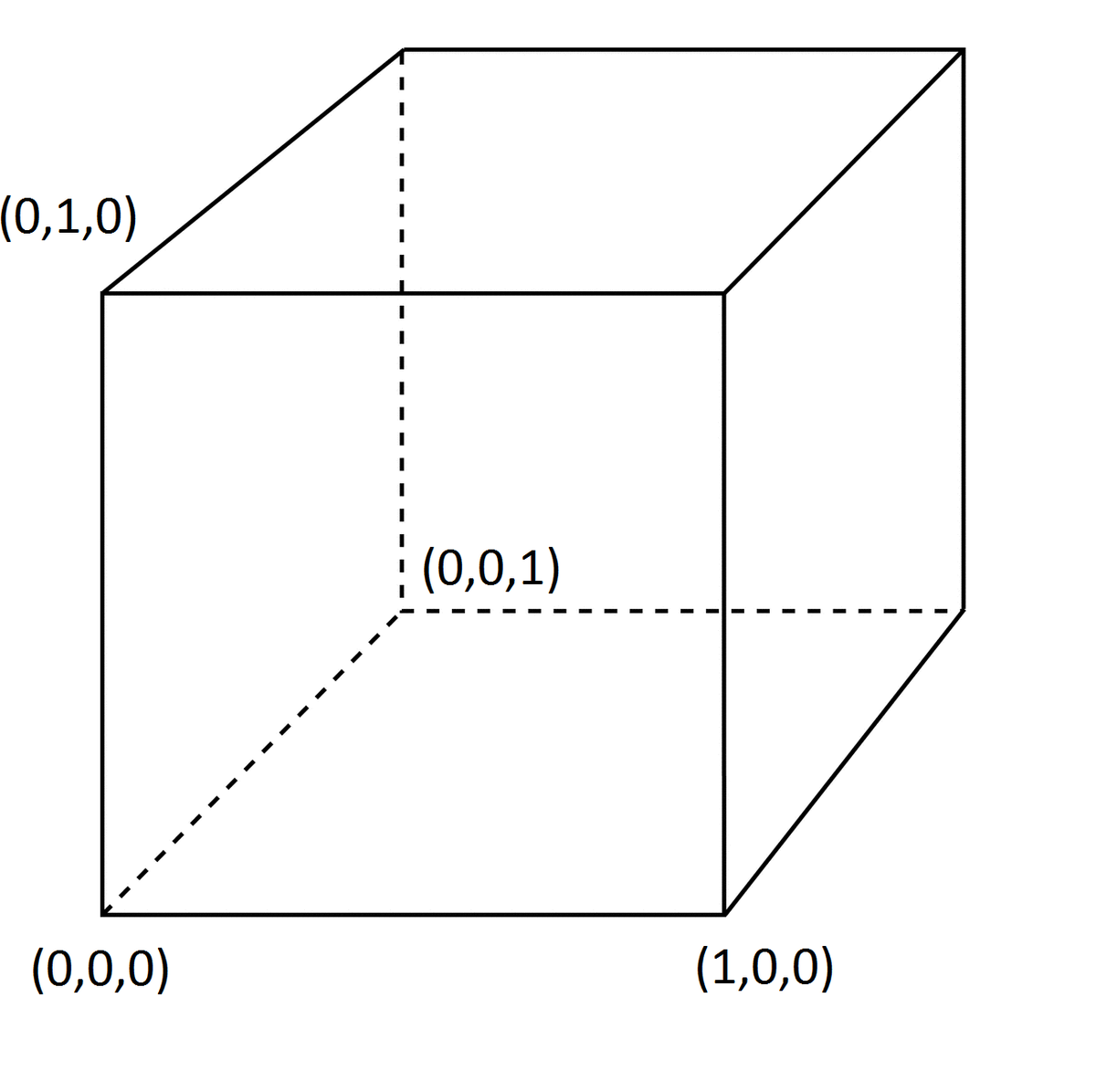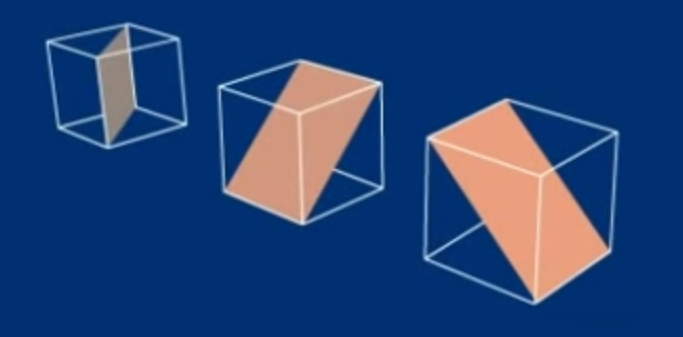Systems of equations
⎩ ⎪ ⎪ ⎪ ⎪ ⎪ ⎪ ⎨ ⎪ ⎪ ⎪ ⎪ ⎪ ⎪ ⎧ y 2 + u 2 + v 2 + w 2 = 4 x − 1 x 2 + u 2 + v 2 + w 2 = 4 y − 1 x 2 + y 2 + v 2 + w 2 = 4 u − 1 x 2 + y 2 + u 2 + w 2 = 4 v − 1 x 2 + y 2 + u 2 + v 2 = 4 w − 1
If y , u , v , w and x are real numbers satisfying the systems of equations above, find y + u + v + w + x .
The answer is 2.5.
This section requires Javascript.
You are seeing this because something didn't load right. We suggest you, (a) try
refreshing the page, (b) enabling javascript if it is disabled on your browser and,
finally, (c)
loading the
non-javascript version of this page
. We're sorry about the hassle.
3 solutions
Good solution!
First... it is simply to know that u , v , w , x , y > 0 .
Now, WLOG, We assume u ≥ v ≥ w ≥ x ≥ y .
Then x 2 + u 2 + v 2 + w 2 ≥ 4 y 2 4 y − 1 ≥ 4 y 2 0 ≥ ( 2 y − 1 ) 2 The innequality above has solution if 0 = ( 2 y − 1 ) 2 2 1 = y Then x 2 + u 2 + v 2 + w 2 ≥ 4 x 2 4 y − 1 ≥ 4 x 2 4 . 2 1 − 1 ≥ 4 x 2 1 ≥ 4 x 2 1 ≥ 2 x 2 1 ≥ x Because x ≥ y , we can conclude that x = 2 1
Then x 2 + u 2 + v 2 + w 2 ≥ x 2 + 3 w 2 4 y − 1 ≥ 4 1 + 3 w 2 1 ≥ 4 1 + 3 w 2 4 3 ≥ 3 w 2 1 ≥ 4 w 2 1 ≥ 2 w 2 1 ≥ w Because w ≥ x , we can conclude that w = 2 1
Then x 2 + u 2 + v 2 + w 2 ≥ x 2 + w 2 + 2 v 2 4 y − 1 ≥ 4 1 + 4 1 + 2 v 2 1 ≥ 2 1 + 2 v 2 2 1 ≥ 2 v 2 1 ≥ 4 v 2 1 ≥ 2 v 2 1 ≥ v Because v ≥ w , we can conclude that v = 2 1
And finally x 2 + u 2 + v 2 + w 2 = 4 y − 1 3 . 4 1 + u 2 = 1 u 2 = 4 1 u = 2 1 So the solution is ( u , v , w , x , y ) = ( 2 1 , 2 1 , 2 1 , 2 1 , 2 1 ) . The solution satisfies our assumption and the equations above. So u + v + w + x + y = 5 . 2 1 = 2 5 = 2 . 5
It is easy to see that each of x , y , u , v , w must be positive.
Imagine now the points
x
,
y
,
u
,
v
,
w
on a hypercube that has one corner in origo
 (My family is very poor and we could not afford the two extra dimensions missing in this image)
(My family is very poor and we could not afford the two extra dimensions missing in this image)
Consider then for example the equation
y
2
+
u
2
+
v
2
+
w
2
=
4
x
−
1
What this means geometrically is that we can permutate the axises
y
,
u
,
v
,
w
of our hypercube freely and we still have a solution (for example if
(
a
,
b
,
c
,
d
,
e
)
is a solution then
(
a
,
b
,
c
,
e
,
d
)
is also a solution.). These correspond to reflections w.r.t a plane of hypercube (imagine this with the help of the following image). We are then interested in the set of points that are symmetric w.r.t all such planes. These correspond to the intersections of the planes.
 In 3d (and indeed generally) this intersection is the line from origo to the opposite corner, in our case this is
(
0
,
0
,
0
,
0
,
0
)
→
(
1
,
1
,
1
,
1
,
1
)
. Hence all of the solutions lie on the diagonal.
In 3d (and indeed generally) this intersection is the line from origo to the opposite corner, in our case this is
(
0
,
0
,
0
,
0
,
0
)
→
(
1
,
1
,
1
,
1
,
1
)
. Hence all of the solutions lie on the diagonal.
So the solutions are of the form ( c , c , c , c , c ) , then we have simply from any equation
4 c 2 − 4 c + 1 = 0 so c = 1 / 2 . Due symmetry this automatically fulfills all equations. So the answer is 5 c = 2 . 5
Adding the 5 equations, we obtain
( 4 x 2 − 4 x + 1 ) + ( 4 y 2 − 4 y + 1 ) + ( 4 u 2 − 4 u + 1 ) + ( 4 v 2 − 4 v + 1 ) + ( 4 w 2 − 4 w + 1 ) = 0
Then,
( 2 x − 1 ) 2 + ( 2 y − 1 ) 2 + ( 2 u − 1 ) 2 + ( 2 v − 1 ) 2 + ( 2 w − 1 ) 2 = 0
Due to the fact that x , y , u , v and w are all real numbers, we obtain
x = y = u = v = w = 2 1
Finally,
x + y + u + v + w = 5 ( 2 1 ) = 2 . 5